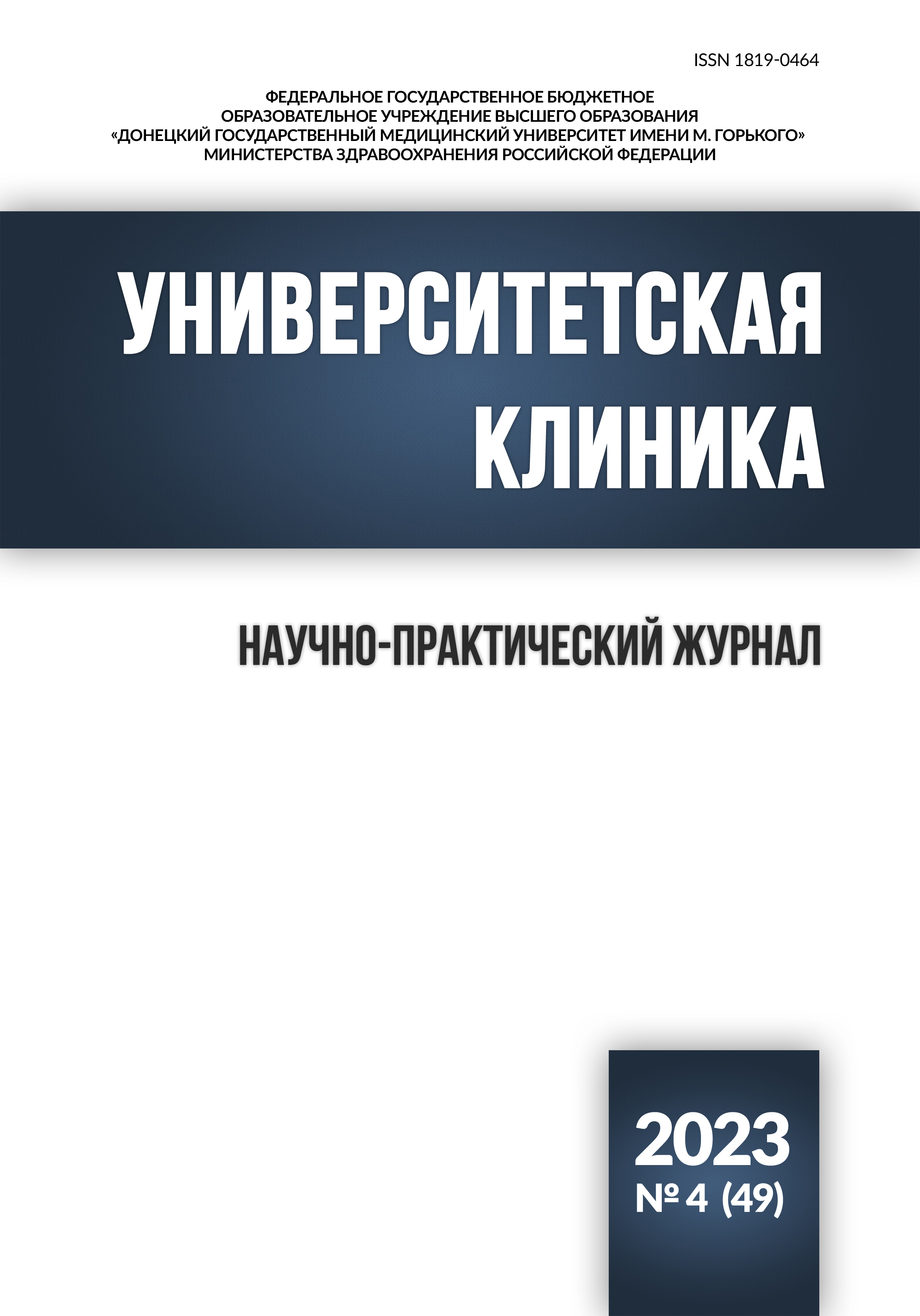СРАВНИТЕЛЬНЫЙ АНАЛИЗ РЕЗУЛЬТАТОВ СУТОЧНОГО КАРДИОМОНИТОРИРОВАНИЯ У БОЛЬНЫХ ЖЕЛУДОЧКОВЫМИ НАРУШЕНИЯМИ РИТМА И САХАРНЫМ ДИАБЕТОМ II ТИПА ПОД ВЛИЯНИЕМ ДВУХ РЕЖИМОВ МЕТАБОЛИТОТРОПНОЙ ТЕРАПИИ
Аннотация
Цель исследования: провести сравнительный анализ изменений параметров суточного кардиомониторирования под влиянием двух режимов метаболитотропной терапии у больных желудочковыми аритмиями на фоне сахарного диабета II типа (СД II типа).
В исследование вошли 129 пациентов желудочковыми нарушениями ритма и СД II типа. Методом случайной выборки участники проекта были распределены в три группы наблюдения. Пациенты 1-ой группы получали бета-адреноблокатор и амиодарон. Представители 2-ой группы получали такую же терапию, однако в качестве дополнительного компонента использовался мельдоний. Пациенты группы 3 получали лечение бета-адреноблокатором, амиодароном и триметазидином. Кардиомониторирование проводилось при исходном исследовании, через 6 месяцев и через год.
Статистическая обработка фактических результатов исследования выполнена при помощи статистического пакета программ Statistica 6,0.
У больных СД II типа с желудочковыми нарушениями сердечного ритма имел место тахикардиальный синдром, а также клинически значимые и безболевые признаки ишемии миокарда. Ишемия является одним из значимых факторов аритмического синдрома при диабете. Кардиопротективная терапия с длительным использованием метаболитотропных средств является патогенетически обоснованным направлением комплексного лечения, направленного на уменьшение риска жизнеопасных нарушений ритма и кардиоваскулярных событий. Предпочтение при проведении комплексного лечения у больных СД II типа с желудочковым аритмическим синдромом следует отдавать триметазидину, поскольку он продемонстрировал более выраженный противоишемический эффект, превышающий по скорости аналогичный у мельдония.
Литература
2. Шурдумова М.Г. Патогенетические предпосылки электрической нестабильности миокар-да у больных артериальной гипертензией и сахарным диабетом. Медицинский вестник юга России 2015; 3: 8-17.
3. Татарченко И.П., Позднякова Н.В., Денисова А.Г., Морозова О.И. Клинико-инструментальный анализ желудочковых нарушений ритма при диастолической сердеч-ной недостаточности у больных сахарным диабетом 2-го типа. Проблемы эндокриноло-гии 2015; 2: 21-27.
4. Fernandes G.C., Fernandes A., Cardoso R. et al. Association of SGLT2 inhibitors with arrhyth-mias and sudden cardiac death in patients with type 2 diabetes or heart failure: A meta-analysis of 34 randomized controlled trials. Heart Rhythm. 2021;18(7):1098-1105. doi: 10.1016/j.hrthm.2021.03.028
5. Agarwal G., Singh S.K. Arrhythmias in Type 2 Diabetes Mellitus. Indian J. Endocrinol. Metab. 2017; 21(5): 715-718. doi: 10.4103/ijem.IJEM_448_16
6. Li R., Tang X., Jing Q. et al. The effect of trimetazidine treatment in patients with type 2 diabe-tes undergoing percutaneous coronary intervention for AMI. Am. J. Emerg. Med. 2017; 35(11): 1657-1661. doi: 10.1016/j.ajem.2017.05.024
7. Belardinelli R., Cianci G., Gigli M. et al. Effects of trimetazidine on myocardial perfusion and left ventricular systolic function in type 2 diabetic patients with ischemic cardiomyopathy. Car-diovasc Pharmacol. 2008; 51(6): 611-5. doi: 10.1097/FJC.0b013e31817bdd66
8. Thrainsdottir I.S., von Bibra H., Malmberg K., Rydén L. Effects of trimetazidine on left ventric-ular function in patients with type 2 diabetes and heart failure. J. Cardiovasc. Pharmacol. 2004; 44(1): 101-8. doi: 10.1097/00005344-200407000-00014
9. Weidner K., Behnes M., Schupp T. et al. Type 2 diabetes is independently associated with all-cause mortality secondary to ventricular tachyarrhythmias. Cardiovasc Diabetol. 2018; 17(1): 125. doi: 10.1186/s12933-018-0768-y
10. Chen C., Wang W., Zhou W. et al. Nocturnal ventricular arrhythmias are associated with the se-verity of cardiovascular autonomic neuropathy in type 2 diabetes. J. Diabetes. 2019; 11(10): 794-801. doi: 10.1111/1753-0407.12908
11. Sarapultsev P., Yushkov B., Sarapultsev A. Prevalence of arrhythmias in patients with type 2 diabetes and the role of structural changes in myocardium in their development. Diabetes Metab Syndr. 2017; 11 Suppl. 2: 567-576. doi: 10.1016/j.dsx.2017.04.006
12. Amaral N., Okonko D.O. Metabolic abnormalities of the heart in type II diabetes. Diab. Vasc. Dis. Res. 2015; 12(4): 239-48. doi: 10.1177/1479164115580936
13. Fi Z., Kovács G., Szentes V. Role of trimetazidine in the treatment of diabetic microangiopathy in ischaemic heart disease. Orv. Hetil. 2015; 156(19): 765-8. doi: 10.1556/650.2015.30160
14. Jungen C., Scherschel K., Flenner F. et al. Increased arrhythmia susceptibility in type 2 diabetic mice related to dysregulation of ventricular sympathetic innervation. Am. J. Physiol. Heart. Circ. Physiol. 2019; 317(6): 1328-1341. doi: 10.1152/ajpheart.00249.2019




